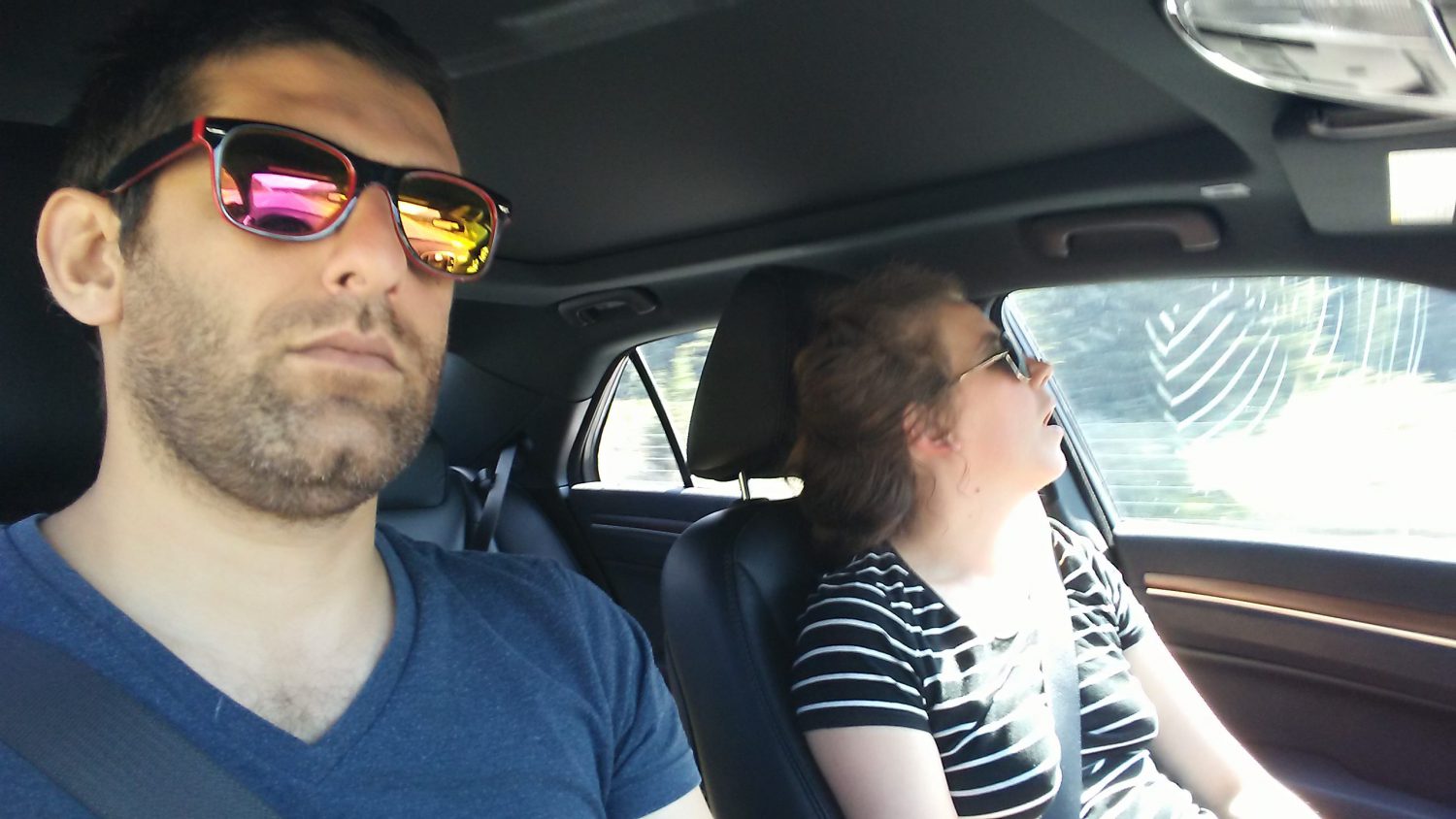Project Proposal for Residency
The online satirical newspaper The Beaverton had a great headline a couple years back. The tag line read “Artist takes time out of their busy grant writing schedule to actually make art.” For any artists this can feel all too familiar. Over the last couple years I have written dozens of applications for grants, residencies and shows. When you’re lucky it works out but so much of that work never gets seen.
For this months blog I’ve decided to share a project proposal I wrote for the Banff Centre‘s Digital Promises residency. The inspiration for this project comes from a series of photos taken by my long term partner.

I mean when you are sitting on a conceptual gold-mind you just have to create!
Selfie Painting Series
#SleepingBeauty is part of my ongoing #Selfie series. The series is made up of self-portrait drawings and paintings. The final product will be a quadriptyque painting based on a series of voyeuristic digital images taken of me sleeping.
Throughout my #Selfie series my aim is to interrogate this relationship between image production and reception. Social media apps like instagram stress the importance of authenticity through their design: Instagram users can only upload photos through their personal phone. Despite this pretense of authentic reality, the selfie is criticized for depicting a ‘filtered’ or idealized version of the self.
A Look at Image Sharing Online
In #SleepingBeauty I will explore how this conversation around truth is further complicated when the image is shared without the authorization of its subject. So prevalent is the sharing of non-consensual images that it has now entered the criminal code. What makes these crimes so painful is that with digital technologies, private images circulate rapidly and widely from one Internet user to another.
The source images for this piece were taken by my long-term partner over a four year period. These images have become an inside joke and I consider them a sign of affection. When I look at these images I don’t see a representation of myself, I see my partners gaze. I can imagine my partner watching me sleep and I feel loved.
I’m interested in how easily these intimate tokens could be weaponized through non-consensual sharing online. What makes these images permissible is an underwritten understanding that they are not intended to be seen by anyone outside our couple.
In my painting, I will use repetition to visualise this shift from personal to public. The final work will be a quadriptyque painting made up of four equally sized square canvases each depicting one of the images of me sleeping. This echoing of subject suggests the general dissemination of such images.
The central focus of this work is this shift from private to public and how it changes the perceived meaning of the image. Once the consumption of this images expands to a wider audience its meaning changes. A larger audience, who doesn’t know the photos context, can’t know who is behind the camera. The focus of the image’s meaning shifts from its creator to its subject. All meaning and judgement is now placed on me, the subject.
My sleeping state highlights the power imbalance between subject and creator. In these images the subject has no control over their depiction. In contrast, the creator has what feels like total access to the subject.
The intimacy and access afforded to the viewer gives the images a sense of authenticity. To challenge this assumption of objective truth and to stress the manufactured nature of these images, I will give the work a grainy or pixelated quality – playing off the realist work of Gerhard Richter.

Knowing the work is unauthorised raises questions around the representation of self. If the subject is not an engaged participant in the image do they not become a mere object? While we are presented with the physical form of the subject, it is the implicit voice of the person behind the camera that narrates the scene. In this way the image carries as much bias as the idealized selfie.
